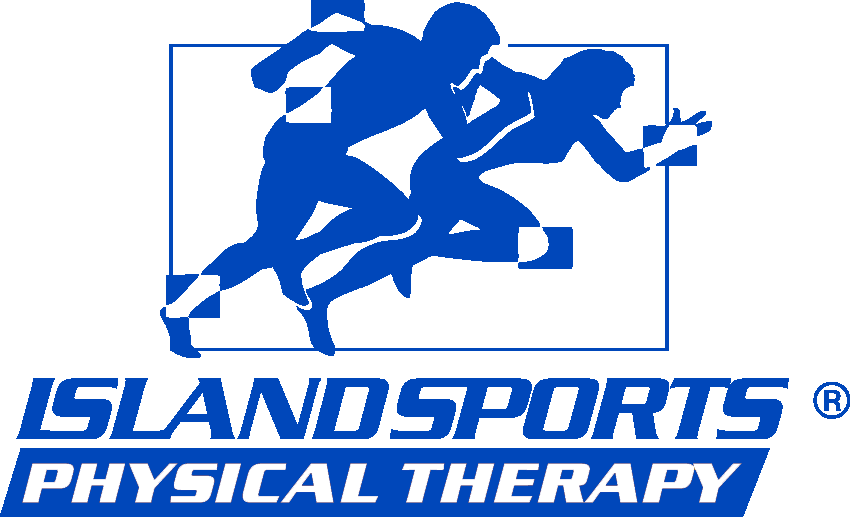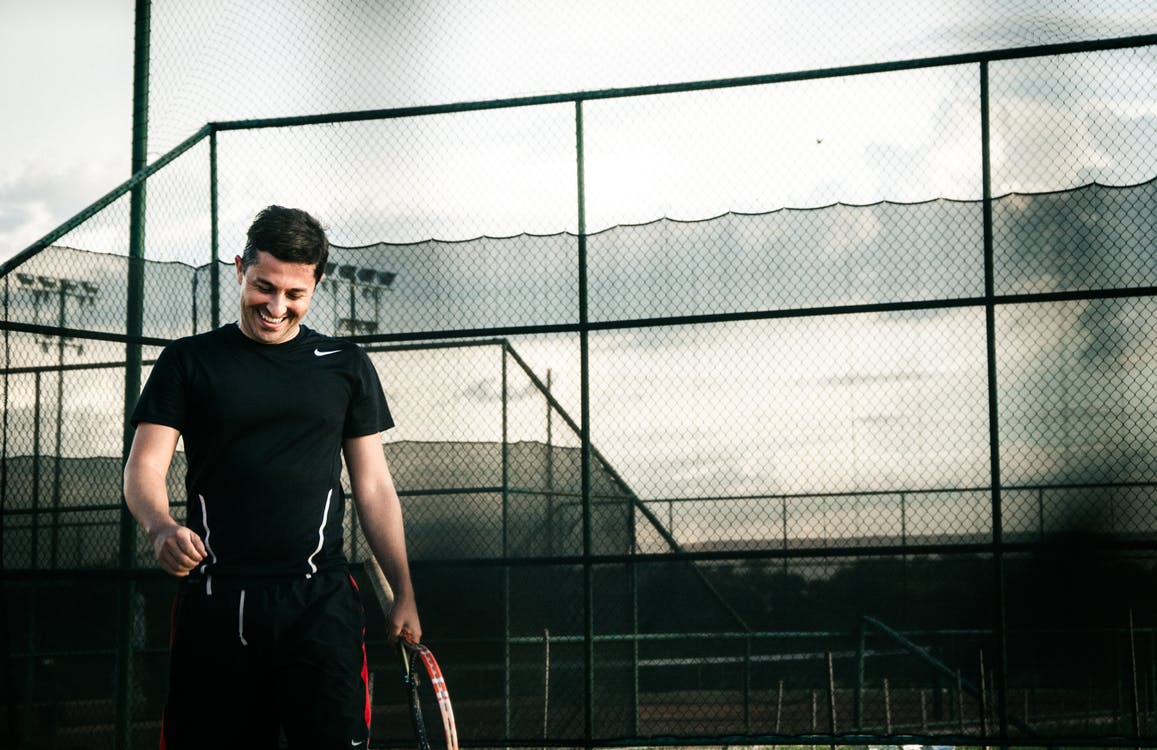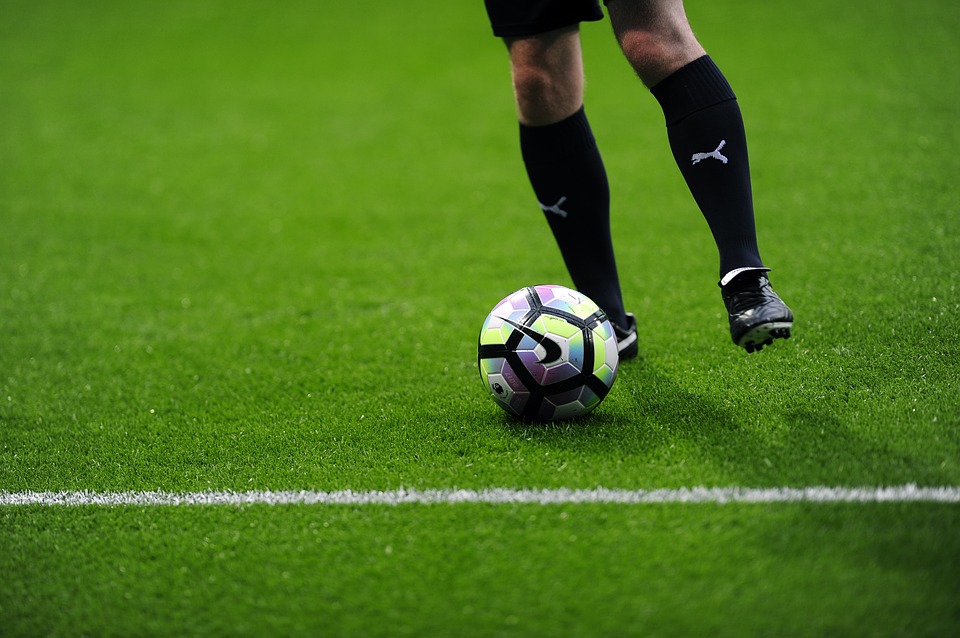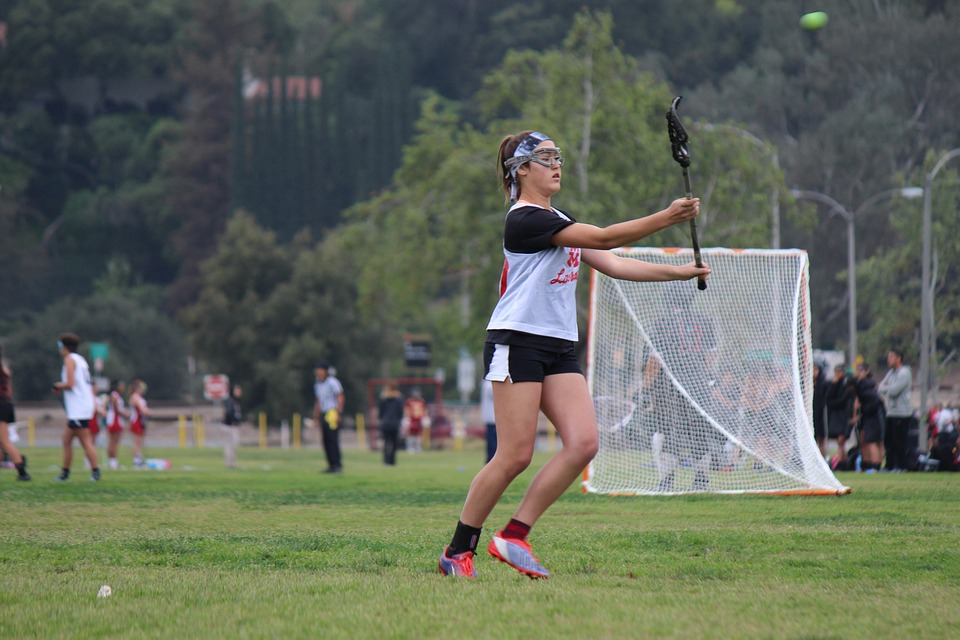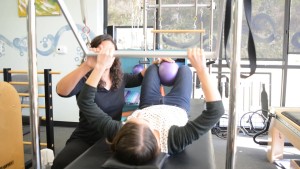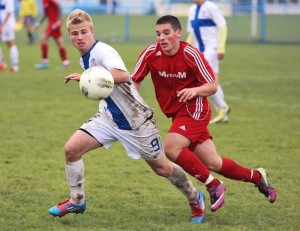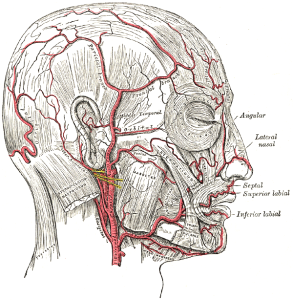How to Deal with Tennis Elbow
What is Tennis Elbow?
Tennis Elbow, also known as Lateral Epicondylitis, is a form of tendinitis. Tendinitis is the swelling of the tendons, which in this form, causes pain in the arm and elbow. Despite its name, there is a small group of people diagnosed with Tennis Elbow that actually play Tennis. If you are straining the muscles around the elbow over and over again during any activity, it could happen. If you are looking for physical therapy in Nesconset, Island Sports Physical Therapy will help you not only feel better, but we will educate you on the injury in hopes to prevent future re-injury of Tennis Elbow.
Symptoms:
1. Upper Forearm Pain
This is a very common symptom of Tennis Elbow. On the outer arm, right below the elbow is where this “burning pain” commonly occurs.
2. Is Rest Bringing You Relief?
If you are looking for physical therapy in Nesconset, rest is not bringing you relief and you cannot move your elbow or are even losing feeling in it, contact us for quality care.
3. Pain Variations Throughout Your Day
The morning is usually the time where you will experience the most pain. The stiffness and aching lessen throughout the day but will still continue at some level.
4. Too Much Activity Hurts!
If you have Tennis Elbow, common activities and tasks such as lifting your fork or holding a pen may hurt. Moving your wrist forcefully such as twisting your arm to open a heavy door or repetitive computer mouse use will also cause you pain.
Treatment at our Physical Therapy Practice in Nesconset
- Reducing Inflammation
- Rest
- Reducing Pain
- We will give you pain reducing remedies to do at home, such as icing.
- Ongoing Rehabilitation
- Exercise and other physical therapy treatments to increase your range-of-motion and decrease pain at the same time.
- Bracing/Compression by wearing a counterforce brace for Tennis Elbow. The strap used will spread pressure throughout your arm, instead of putting it all on your tendon causing your pain.
- Working with an expert here at Island Sports Physical Therapy to fit your individual needs.
How Physical Therapy Could Help
DON’T WAIT! The longer you wait to see a physical therapist and perform strenuous activities, the longer rehabilitation will take. Ongoing activity to the tendon can cause damage and could someday require surgery.
How Physical Therapy in Nesconset Could Help
- We will correctly diagnose you
- We will give you “hands-on” care
- We will educate you
- We will give you home remedies that fit your individual need
- We will maximize your performance
Working with one of our experts here at Island Sports Physical Therapy will help specify your injury to know the exact treatments that need to be done. We promise to educate you and give you the best care possible while giving you the information you need about Tennis Elbow and give you ways to prevent this injury from happening again in the future.
Frequent Shoulder Dislocation
The shoulder is among the most mobile joints in the human body. The persistent utilization of this joint is common for athletes that play sports like baseball, volleyball, and swimming, which may cause dislocation. This is due to the constant wear and tear of ligaments and tendons that surround the shoulder joint. At Island Sports Physical Therapy, our physical therapists in our many locations including Huntington, East Northport, Glen Cove, Nesconset, East Meadow, and Coram are here to create tailored rehabilitation programs that will get you back on the court, in the pool, or on the field in no time!
What are My Symptoms?
Once an athlete has dislocated their shoulder, the chances of it dislocating again increase, causing an instability in the joint. The following symptoms of such instability include:
Treatment With Physical Therapy in Huntington, NY
Depending on the severity of the injury, the average healing period for a dislocated shoulder is between 4 and 12 weeks. Our physical therapists in Huntington, NY will conduct a complete assessment in order to create a program tailored to the specific needs that will help you get back in the game! These programs may include exercises that focus on:
- Strength: After a dislocation injury, the muscles around the joint may be extremely weak. Depending on the severity of the injury, our therapists may incorporate certain exercises that will build up those weak muscles.
- Range of Motion: Our therapists will take you through the motions as well as gently stretch you in order to help you gain back that range of motion.
- Your Specific Sport: Our therapists will create exercises that are tailored to your specific sport which can help you regain comfortability with the motions.
Above all, it is important that you give your body a chance to rest once you’ve had a shoulder dislocation injury. Failure to do so will only prolong the healing process and cause the injury to recur. Our physical therapists in Huntington, NY at Island Sports Physical Therapy are dedicated to helping you heal and get you back to your top performance levels. Please visit us at our many locations in Huntington, East Northport, Glen Cove, Nesconset, East Meadow, and Coram or call us at 631-462-9595 today!
Recovering from ACL surgery
An ACL tear happens when the knee experiences sudden twists or changes in direction. People who play high-impact sports are especially susceptible to ACL tears. These sports include but are not limited to soccer, football, basketball, volleyball, etc. When an ACL is torn, there is typically a popping sound, swelling, and pain.
ACL surgery typically features a graft that involves taking a ligament from another part of the body to replace the torn ACL. Recovery from an ACL tear can take anywhere from 6 to 12 months. The help of a physical therapist is crucial to the success of your recovery. Island Sports Physical Therapy has offices all over Long Island in East Northport, Huntington, Nesconset, Coram, East Meadow and Glen Cove. They specialize in sports specific therapy and are more than capable of helping you return to playing soccer after ACL surgery.
ACL surgery recovery features:
- Right after the surgery, you should immobilize your knee to aid the healing process.
- After surgery, you should use ice to reduce swelling of the knee.
- Gradually placing weight on the knee with or without the aid of a knee brace or crutches.
- Your physical therapist will then help you achieve full range of motion with the recovering knee.
- Muscle strengthening exercises will be incorporated into your recovery to help regain strength lost during the immobilization phase.
- The later stages of recovery involve advanced strengthening techniques, advanced cardio exercises, and balance/stability exercises to strengthen the new ACL.
Even though a physical therapist is crucial to your ACL tear recovery, misinterpreting their advice or pushing yourself too fast can do more harm than good. In fact, it can make your recovery longer as well as lead to additional surgeries.
Contact us!
If you’ve had ACL surgery and wish to have a speedy recovery to be able to return to soccer contact one of Island Sports Physical Therapy’s Long Island offices today!
Men’s Lacrosse Injuries
Lacrosse is America’s fastest-growing sport, in the past decade, high school lacrosse has exploded. The sport has four major versions that have different sticks, fields, rules, and equipment: men’s field lacrosse, women’s lacrosse, box lacrosse, and intercrossed.
Although lacrosse is growing at a rapid speed, it also comes with a lot of potential injuries. Due to the different rules between the men and women, it is important to understand how injuries can occur in both versions. Lacrosse injuries are also more common in males because it’s a contact sport. The women’s game does not allow body contact but does allow the stick to stick contact.
Common Lacrosse injuries include:
- Ankle Sprain
- Head and face contusion
- Concussion
- Knee sprain (ACL, MCL)
- Wrist fracture
- Hip flexor strain
- Low back pain
- Shoulder separations
- Shoulder subluxations
- Quadriceps strains
Overall, lacrosse is a moderate risk sport in which the vast majority of injuries can be corrected by a physical therapist. That being said, a number of common injuries do occur in both men’s and women’s lacrosse as a result of contact with a player, another stick, or the ball.
Some ways to prevent injuries are, wear the right equipment, know the rules of the game, take a break, and report all injuries. Also stay in shape all year round and warm up properly by thoroughly stretching and gradually increasing the intensity of the workouts.
With any injury, participation should be stopped until an assessment is made by a qualified health professional. For athletes who have experienced a sports-related injury such as lacrosse, Island Sports Physical Therapy will help to speed up recovery and restore function. So the player is ready to get back in the game.
At Island Sports Physical Therapy we believe that patients need to coincide with their physical therapy and treatment.
Common Women’s Lacrosse Injuries
Women’s lacrosse, one of the most popular sports in North America is known for causing many injuries among its players. Island Sports Physical Therapy in Huntington, East Northport, Nesconset, East Meadow, Glen Cove, and Coram, treat many women who have suffered from common lacrosse injuries. The most important thing Island Sports Physical Therapy focuses on is a fast and full recovery for their patients, and making sure that they are able to get back to playing as soon as possible. If you play lacrosse in Huntington, NY, Island Sports Physical Therapy can help treat a wide variety of injuries.
Lacrosse is known as a moderate risk sport and the majority of injuries are sprains, strains, and bruises, however many other serious injuries also occur such as
- Ankle sprain
- Head or face contusion
- Concussion
- Knee sprain (ACL, MCL)
- Wrist fracture
- Hip flexor strain
- Low back pain
- Many more
It is important for women’s lacrosse players to cease activity that uses the injured part of the body in order to prevent it from getting any worse. Often times the injury occurs because of repetitive motion or continuously injuring the same area. Lacrosse requires a lot of stopping and starting, sprinting and vigorous exercising that can get the culprit of the injury.
The good news is that there are many ways to prevent women’s lacrosse injuries and there are also many ways to treat these injuries. It is important for women’s lacrosse players to stay in shape even during the offseason in order to keep their muscles conditioned to the hard workouts during the season. This helps to prevent many injuries because the body is not shocked when it needs to perform during the season. Some other ways to prevent and treat women’s lacrosse injuries are:
- Know the rules
- Maintain open communication
- Be proactive in conditioning
- Wear the right equipment
- Take a break
- Report all injuries
- Cess participation if injured
- Apply heat or ice depending on the injury
- Always stretch and exercise
- See a physical therapist
If you or anyone you know is suffering from a women’s lacrosse injuries or plays lacrosse in Huntington, NY and needs tips and information on how to treat that injury, schedule an appointment at Island Sports Physical Therapy of Huntington at 631-462-9595 or visit our website, https://islandsportspt.com .
Physical Therapy in Huntington
The shoulder is an essential joint for sports players. Used in overhead reaching motions, the shoulder is most used in tennis, baseball, and swimming. What makes the associated movements possible is the rotator cuff. The rotator cuff is a series of muscles and tendons that keep your arm in your shoulder socket. The most infamous injury associated with the shoulder is the rotator cuff tear. This tear occurs when force is placed on the rotator cuff muscles to accelerate the arms, such as the front stroke in swimming, or pitching in baseball, and then suddenly decelerated. If you are looking for rotator cuff physical therapy in Huntington, East Northport, Nesconset, East Meadow, Glen Cove, and Coram, contact us today!
To get back to playing your sport you must follow the stages of recovery:
Acute
- During this phase, the shoulder must be immobilized. In some cases, a sling is used. Usually, this injury will require rotator cuff physical therapy. A licensed physical therapist in Huntington at Island Sports Physical Therapy will use ultrasound and other techniques to help start the healing process. After properly icing the shoulder, a physical therapist will begin teaching you mobility exercises and strengthening exercises.
Recovery
- Once your shoulder is operating at 3/4ths efficiency the recovery phase can begin. This phase focuses entirely on strengthening exercises that work the four main muscles in the rotator cuff. Exercises in this stage will focus on correcting the ranges of motion.
Functional
- The functional phase is designed to facilitate your return to athletic competition and involves exercises designed to increase explosiveness and regain coordination. For a baseball player, these exercises will involve throwing light/small balls. Eventually, the exercises will increase in intensity and involve real baseballs.
After your recovery phases have been completed you should get back into practice by completing your standard practices and make not of any shoulder pain experienced. If you experience no pain your Huntington physical therapist will clear you for official participation. If you are in search of rotator cuff physical therapy to facilitate your recovery, contact Island Sports Physical Therapy in Huntington, East Northport, Nesconset, East Meadow, Glen Cove, and Coram today.
Physical Therapy in Nesconset
Whether you are suffering from an injury or a pre-existing condition. Physical therapy can be effective in speeding up the recovery process. While other techniques to alleviate pain such as surgery or opioids can be helpful, evidence suggests that physical therapy is not only as successful, but cheaper as well. This technique gives you an active role in your own recovery, learning what caused the condition and how to prevent it from reoccurring. Another benefit of this form of treatment is that it can improve your mobility and movement on top of treating the specific injury.
If you suffer from lower back pain, for example, physical therapy can not only help you heal, but avoid needing painful and expensive surgery. In addition to this, there is also proof that physical therapy is just as effective as surgery. Where opioids only mask the pain, physical therapy will treat what is ailing you as well as educate you on how to avoid this from happening again.
In addition to receiving effective treatment, you will play an active role in your own recovery. Your physical therapist will design a program that is tailored around achieving your goals and addressing any issues that you have encountered. Studies suggest that improving your mobility can reduce the risk of having a heart attack or stroke. From exercising to performing daily tasks, regaining any motion or mobility that you may have lost is a crucial step towards recovery.
Contact us!
If you think that physical therapy can help with your physical ailments and live or work in the Nesconset area, visit us at Island Sports Physical Therapy. By including you in the recovery process, we believe providing you with the knowledge to treat yourself using home exercises will result in a speedy, long-term recovery. If you have any questions, you can call us (631) 979-5900.
Fall Sport Injury Prevention
Staying competitive in sports and not getting injured may seem like an oxymoron, while some join a sports team to feel like they are part of something, others genuinely enjoy the competitive aspects of sports. The conflict with wanting to remain competitive and trying to stay safe is apparent, since avoiding taking risks is not going to give anyone an edge over the competition. Even when avoiding risks there is still some probable chance of injury, so the question remains: is there any consistent way to prevent injuries?
The basic admonishment against over-training is in preventing “burn out”, or to put it in more understandable terms not allowing for recovery periods between training sessions. Not to promote mutiny within sports teams, but your coach is not you and cannot vouch for your physical well being better than you can. if you say nothing, your coach will assume that you can handle it. Being reliable is what most aspiring competitive athletes want, they want their position on the team to remain intact and refuse the notion of admitting pain, thus leading to degrading performance. In regards to training when you put a strain on your muscles they become damaged then reform as new proteins which increase in thickness, this is why people become stronger as they train. There is a recuperation period for the muscles to reform, however, if one continues to tear at their muscles relentlessly they could incur serious injury with no option of time for your body to properly form new muscles.
Plenty of fear mongering so far, right? American training ethos is primarily based on masking pain and stacking on heavier training, that’s what separates the great from the meek. Whining to your coach may get you time to recuperate, but it’s not earning you any favors. The sad reality is that if you are competitive you will probably sustain an injury. The best way to make sure an injury does not get the better of you is through physical therapy and if you live on Long Island, New York and think you need to sift through red-tape to receive a referral from your physician you would be wrong.
There are sports orientated physical therapists in Long Island and Island Sports Physical Therapy has six locations in Nesconset, Glen Cove, Coram, Huntington, East Northport, and East Meadow. Island Sports Physical Therapy offers special training programs for injured athletes so that they may continue their training upkeep despite having injuries. Of course there are rehabilitation services offered for more severe injuries, but for those who cannot afford to let their game up the special training is certainly worth a look into.
Common Injuries For Children
 Every parent in the world wants the best for their children. They want to keep their child safe and free from illness or injury. Like most things in life, things are completely out of anyone’s control, no matter how safe we try to be. Children encounter injuries from the time they take their first steps. It is not something parents can prevent. Injuries are a part of life for both adults and children. Some are caused by illnesses that are present from birth, others are through activities such as sports.
Every parent in the world wants the best for their children. They want to keep their child safe and free from illness or injury. Like most things in life, things are completely out of anyone’s control, no matter how safe we try to be. Children encounter injuries from the time they take their first steps. It is not something parents can prevent. Injuries are a part of life for both adults and children. Some are caused by illnesses that are present from birth, others are through activities such as sports.
Children are curious creatures, they bravely decide to do things without really seeing a consequence. The most common cause of injury are from falls. Falls from playground equipment, windows, bikes, running, the potentials for falls are everywhere. Injuries from falls can be treated without medication with the help of a physical therapist. Physical therapy can help your child go back to physical activity, or treatment of physical disabilities. Island Sports Physical Therapy, offers many different forms of therapy that will provide the best care and rehabilitation for your child. Physical therapy professionals can implement treatment programs that are designed to treat the injury your child is experiencing. These treatments speed up the rehabilitation process,can ease pain and restore movement skills and proper functioning .
Therapist can guide them through strength/flexibility exercise routines and aerobic activities. They can also give your child balance training to improve standing, walking and sitting balance. Balance training will most importantly help prevent future injuries. Unfortunately some are born with illness and disorders, they can be treated through various methods. The method of treatment you decide to go with is important. Many different medical conditions can affect the mobility of young children. Common diseases or conditions that create movement problems include cerebral palsy, Parkinson’s disease, muscle diseases, respiratory conditions, genetic disorders, and limb deficiencies. Sessions can aid children in overcoming these conditions. They can gain proper movement abilities that will allow them to safely and successfully perform daily tasks. Common techniques used include balance and coordination activities, heat and cold therapies, aquatic water therapies, and crawling or walking exercises.
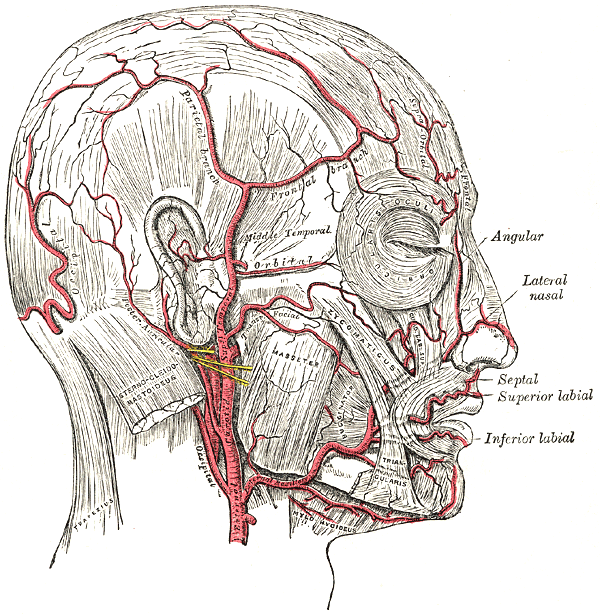
Physical Therapy for Nerve Problems
Island Sports Physical Therapy has serviced Long Island since 1985 and offers a multitude of services to help treat your pain. One of the services offered is facial nerve problems. There are many different facial nerve conditions that cause facial pain that we can treats.
There are many reasons why someone would suffer from dull or acute facial pain. Some of the reasons might be trigeminal neuralgia, multiple sclerosis, tumors, bell’s palsy, or other underlying conditions. All of these conditions can limit the function of your facial nerves causing facial pain. Going and receiving treatment once you notice facial pain in important because damaged facial nerves can affect your facial movements. Physical Therapy can help you to regain facial muscle movement.
From your physical therapist you should expect an assessment of your facial pain to make sure they fully understand your symptoms and conditions. Next, they will start to discuss with you various treatment options and exercises that you can do daily at home to continue improving. Some of the exercises that you may do together are stretching, massages, and relearning of the basic facial movements. Not all exercises are acceptable for every condition so you must consult your PT before adding to any physical regimen.
With 6 convenient locations, Island Sports Physical Therapy and treats many conditions including facial nerve pain.
